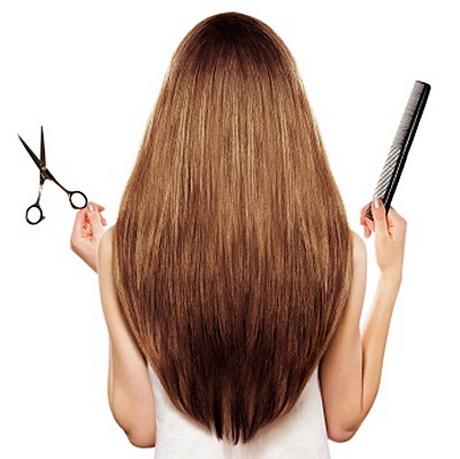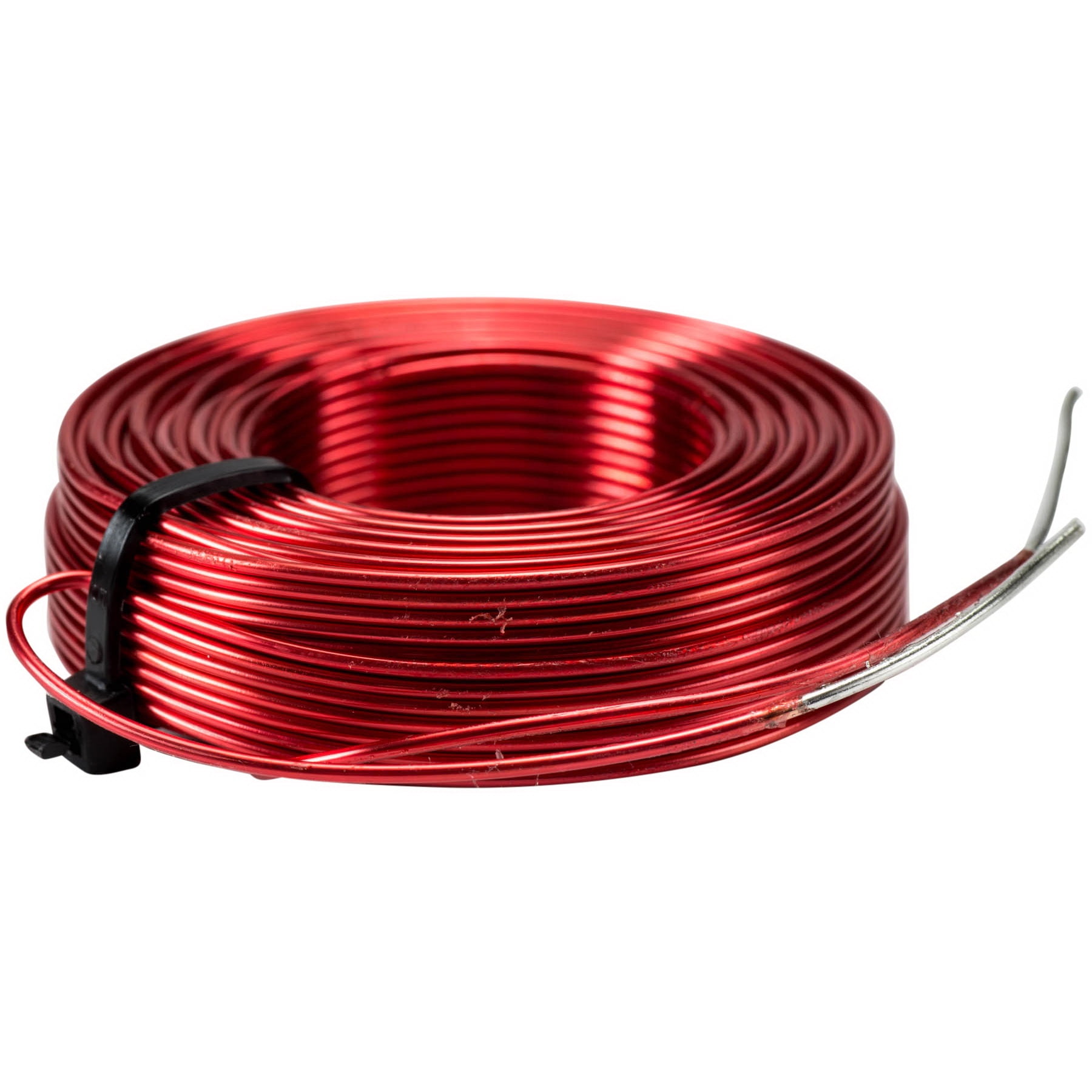

#Perfect layers 2 how to#
If you want a guide on how to Replace your FEP Film, Print with Multiple Colours on a Single Resin Print, or Colourise 3D Printer Resin using Alcohol Inks and Pearl Ex Powder we have the tutorials for you. As always if you have any questions, queries, or things to add please let us know your thoughts!ĭecoding the Best Layer Exposure Test Print For reference, the model is only 6 cm tall! If you want to create sliced files of your custom model check out this guide Preparing a Computer Model for Resin 3D printing - Lychee Slicer. See in the video thumbnail and at the bottom of the page the detail you will be able to obtain by following this guide. Also if you are just starting your journey with resin 3D printers a great place to get an overview of this technology and the process to calibrate print platforms can be found here. If you want just get right in, not worry about all this and just print something right away How To Complete Your First Resin 3D Print is the guide for you.

Other Great Exposure Test Prints Worth Using Bottom Layer Vs Normal Layers Exposure Settings Decoding the Best Layer Exposure Test Print See below for the contents of this guide. I will show you exactly how to do it fast and without using much resin so you can get right back to 3D printing. So this tutorial all we are interested in is finding the correct Exposure Time to produce perfect resin prints. This is a big problem as it can cause damage to the resin 3D printer, particularly in regards to the FEP sheet and LCD screen. This part would then get repeatedly squished into the bottom of the resin tank. Under-curing can be identified by several factors such as layer delaminations in the middle of the part, serious loss or miniaturisation of intricate details, general poor model adhesion to the build plate, or the worst, the entire model falling off the build platform. Too short an exposure will create an under-cure result. Too long exposure will result in light bleeding and scattering deep through the resin material resulting in a loss of intricate details and dimensional inaccuracy. Under-exposing or over-exposing can really cause havoc with the resin printing experience. And the most crucial dial is Layer Exposure Time and its wrong adjustment is one of the major reasons why resin 3D prints fail.

But that is quite the range, so this guide will teach you how to find exactly the right time to utilise.īut first, what exactly is exposure time? Layer Exposure Time determines the light exposure duration for a single layer of an object that you are trying to print. Unlike filament printing (where it can feel like there is an almost endless amount of settings that you must know about for perfect 3D prints) resin 3D printing has much simpler dials to adjust up and down.

Layer Exposure Time is the crucial parameter that when dialed in will change average 3D resin printed components into awesome, crispy, final results that capture every single detail of the CAD model. As a general rule for Normal Layer Exposure Time use 0.5-5 seconds for Monochrome Screen Printers and 2-20 seconds for RGB Screen Printers. Raspberry Pi Pico W with Soldered Male Headers Price: $15.20 PiicoDev OLED Display Module (128圆4) SSD1306 Price: $13.50


 0 kommentar(er)
0 kommentar(er)
